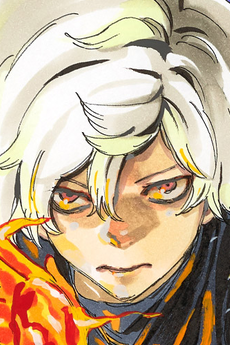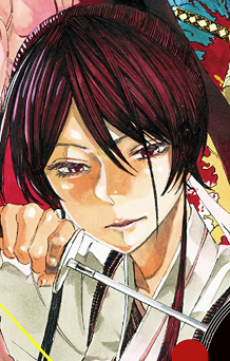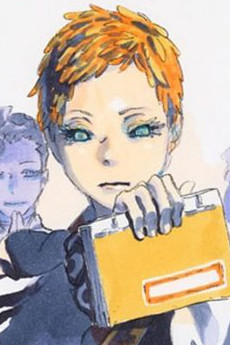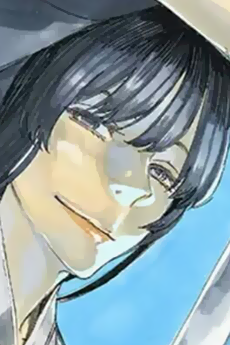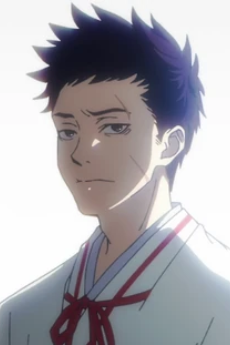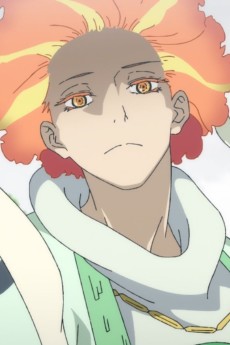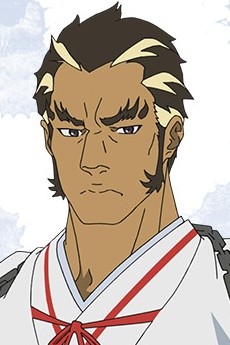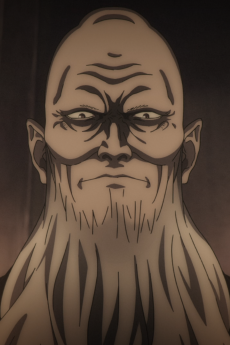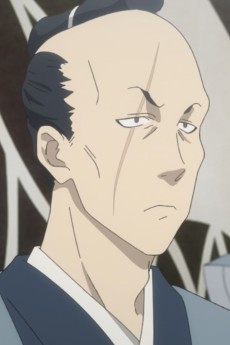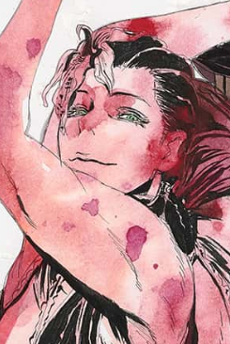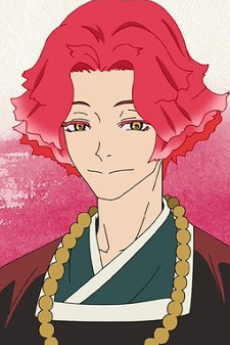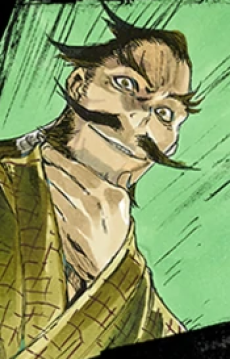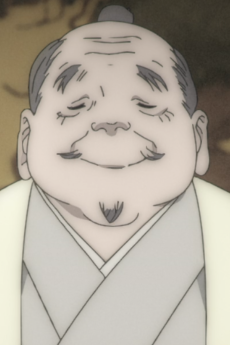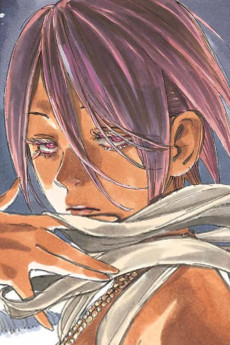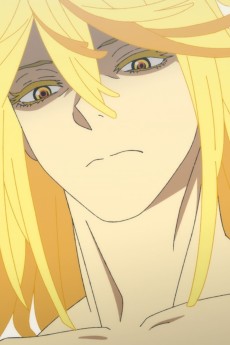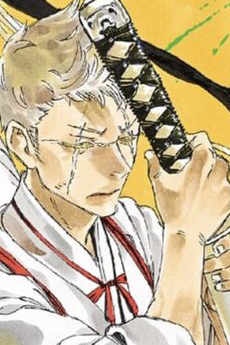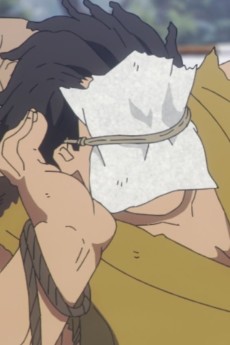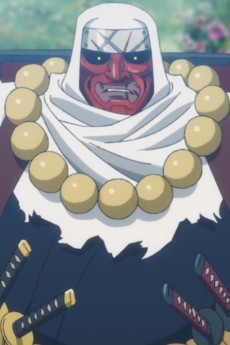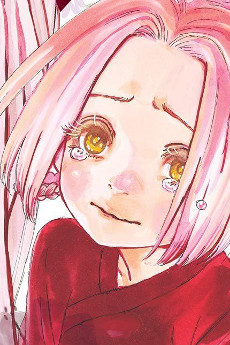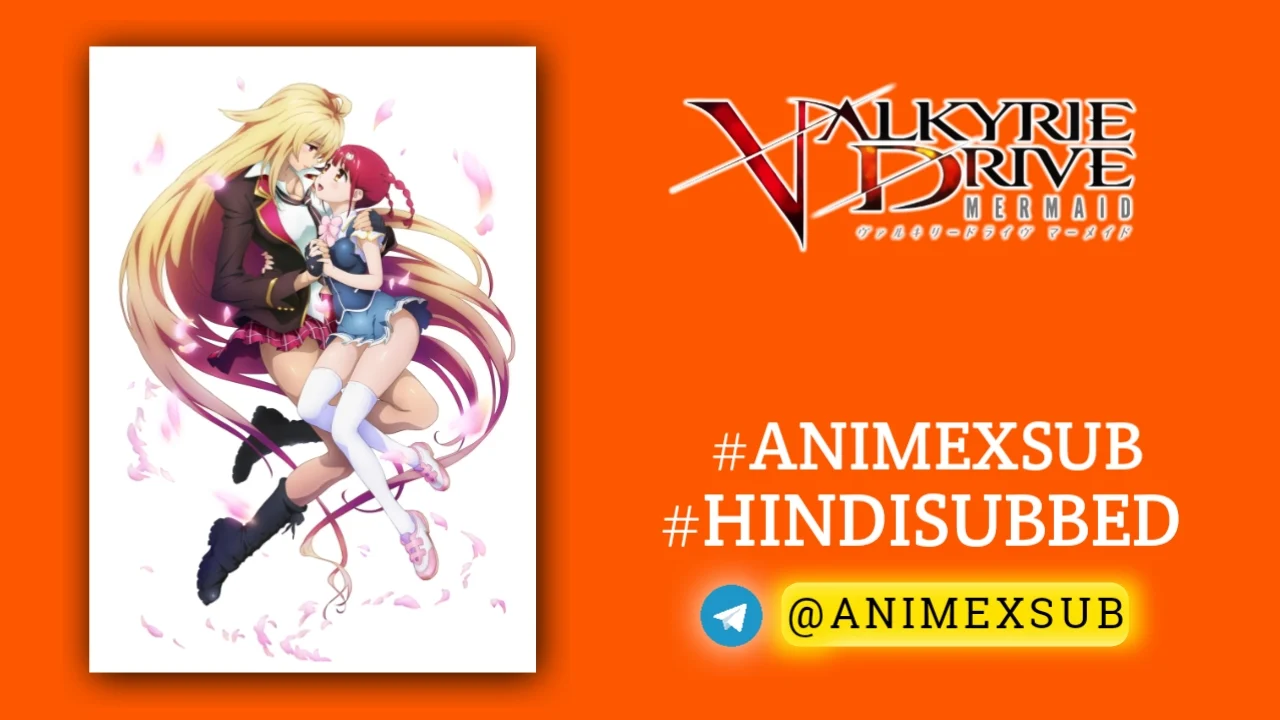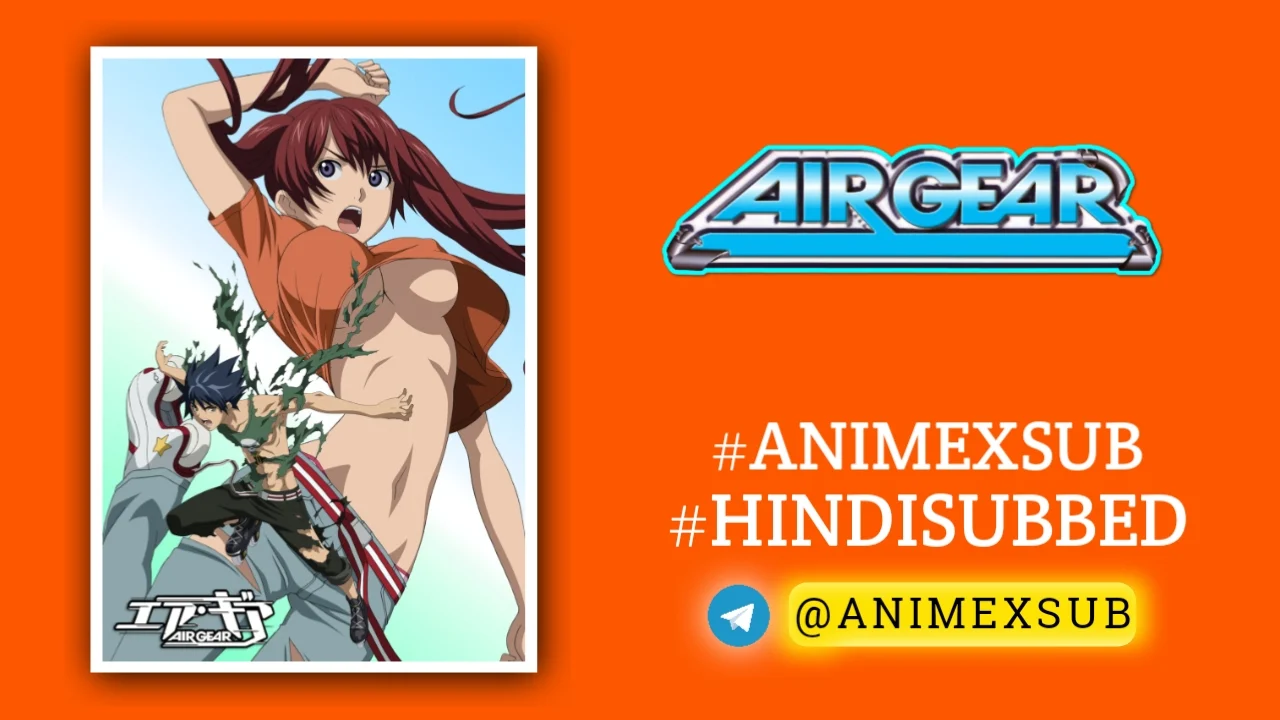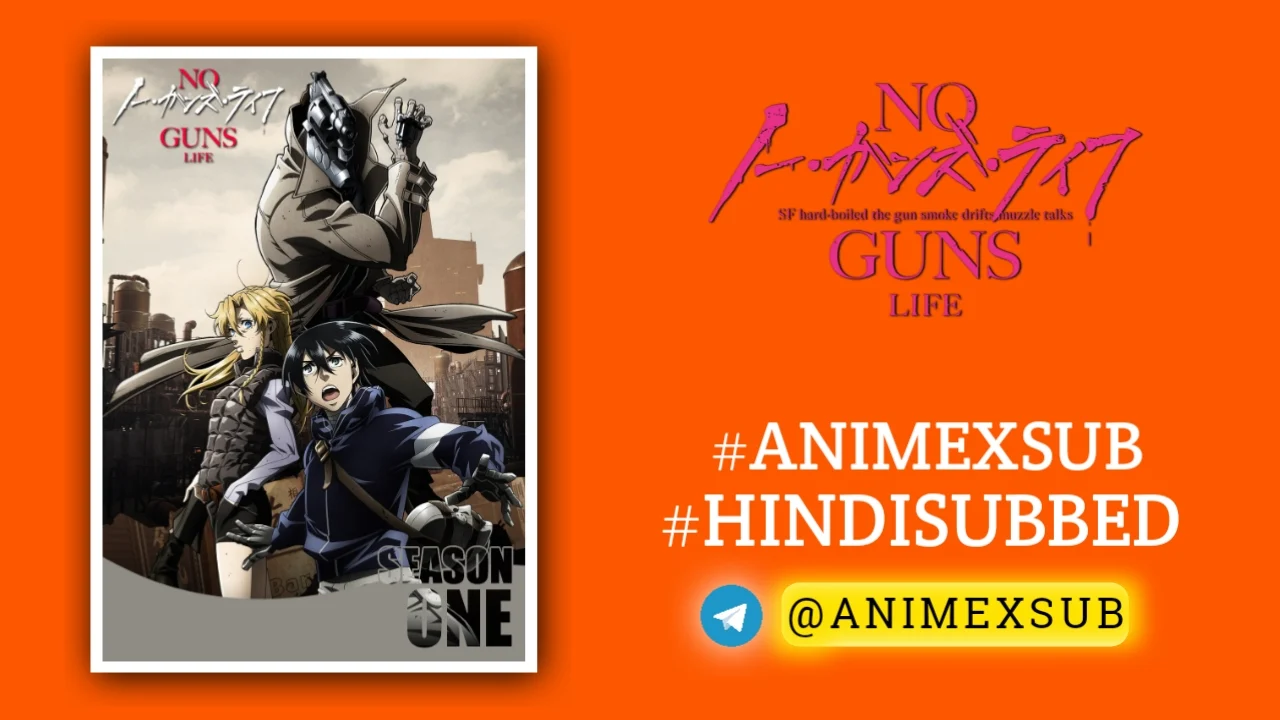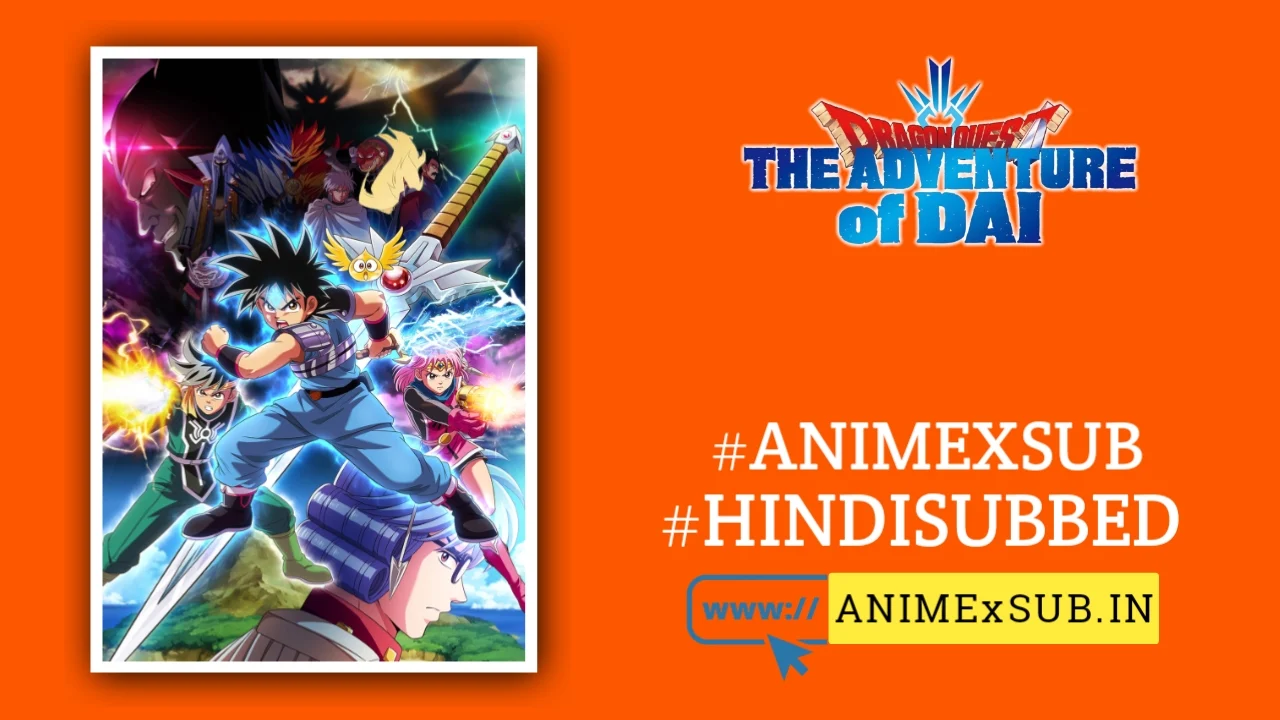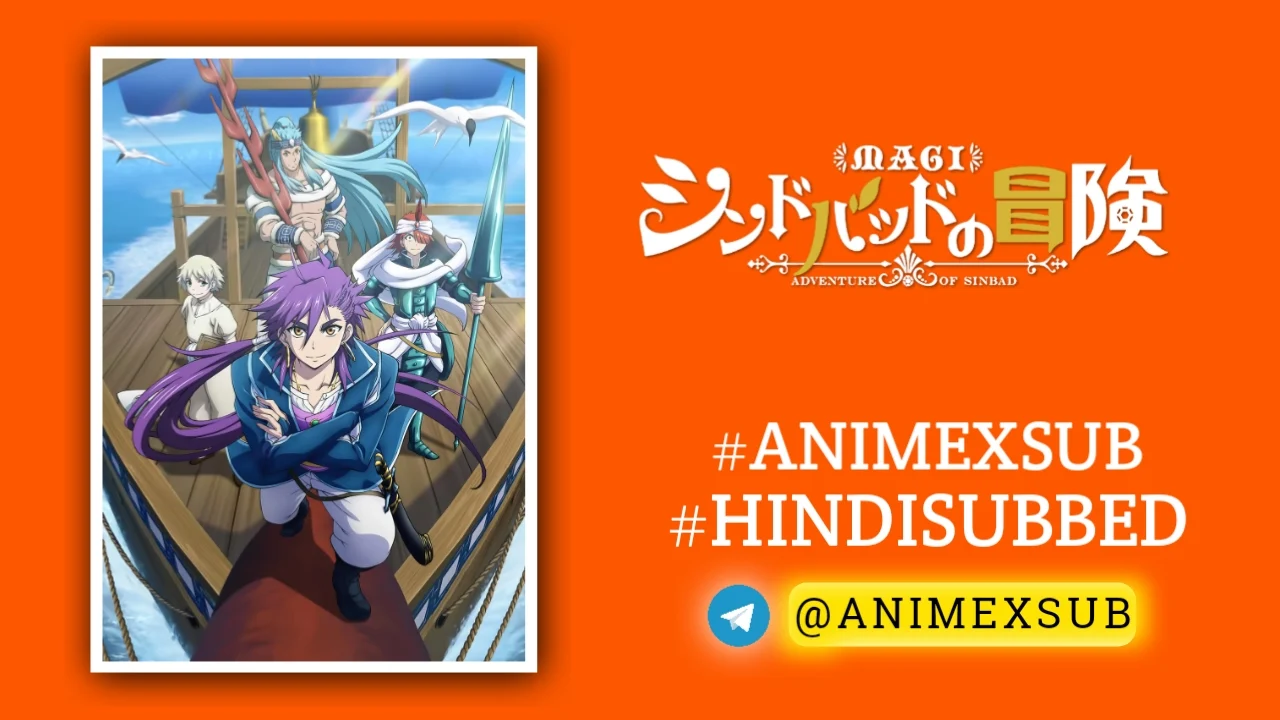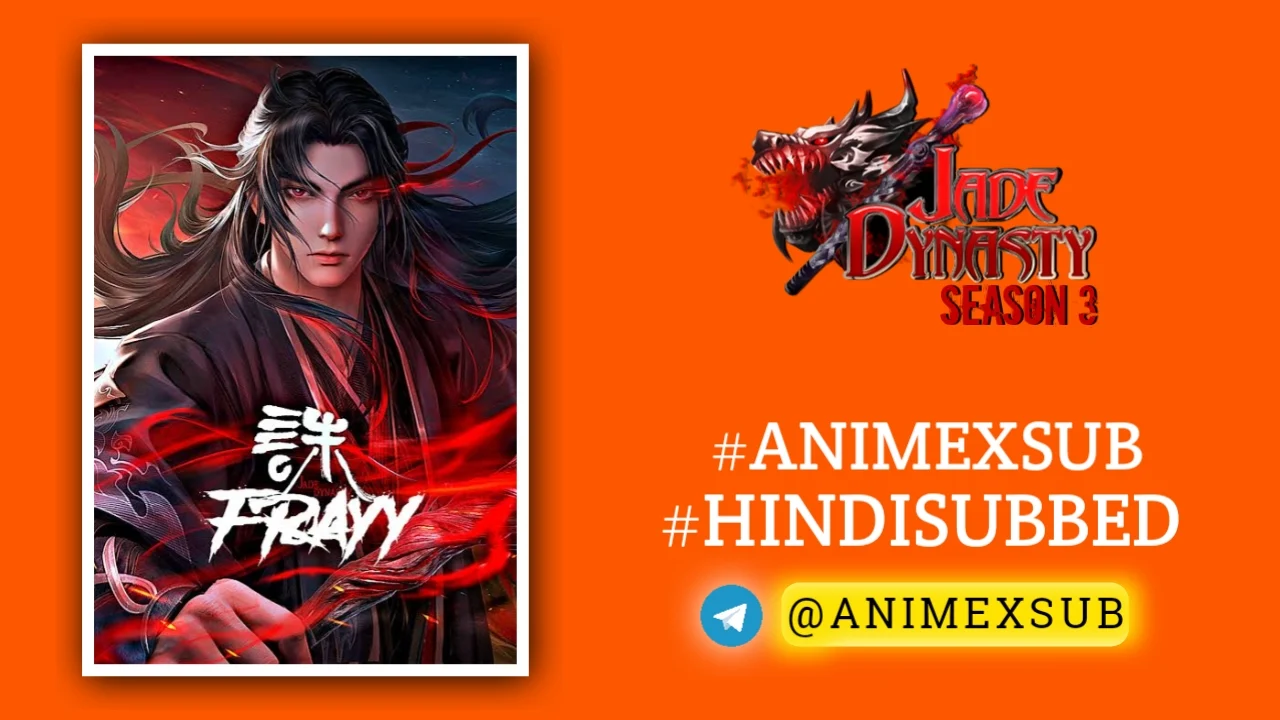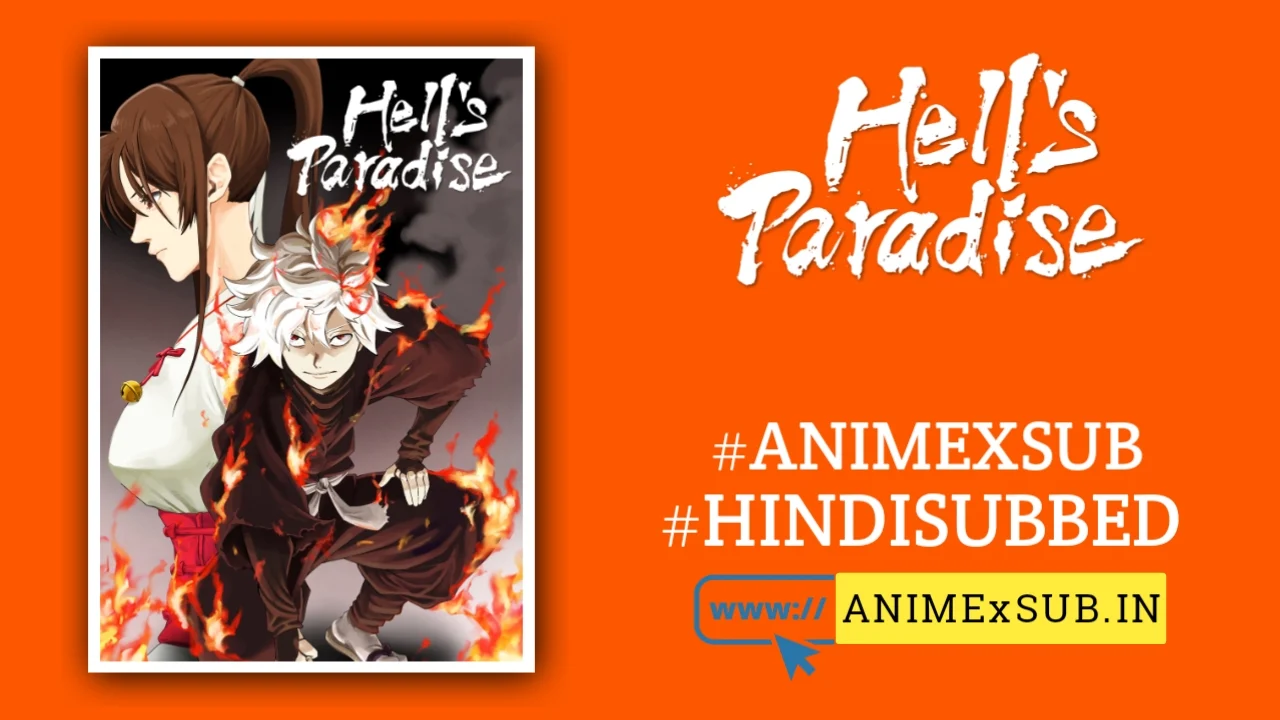
Hell’s Paradise Hindi Subbed [13/13] | Jigokuraku Hindi Sub

Jigokuraku
Hell’s ParadiseSynopsis
The Edo period is nearing its end. Gabimaru, a shinobi formerly known as the strongest in Iwagakure who is now a death row convict, is told that he will be acquitted and set free if he can bring back the Elixir of Life from an island that is rumored to be the Buddhist pure land Sukhavati. In hopes of reuniting with his beloved wife, Gabimaru heads to the island along with the executioner Yamada Asaemon Sagiri. Upon arriving there, they encounter other death row convicts in search of the Elixir of Life... as well as a host of unknown creatures, eerie manmade statues, and the hermits who rule the island. Can Gabimaru find the Elixir of Life on this mysterious island and make it back home alive? (Source: Crunchyroll)
Watch Trailer
Characters
Hell’s Paradise: Jigokuraku Season 1 – A Visceral Dive into the Abyss of Human Desire and Desperation
Hell’s Paradise: Jigokuraku Season 1, the 2023 anime adaptation of Yūji Kaku’s manga, is a haunting, exhilarating, and philosophically layered journey that redefines the boundaries of shonen storytelling. Produced by MAPPA and directed by Kaori Makita, this 13-episode arc (April–July 2023) delivers a masterclass in blending visceral action, psychological depth, and existential musings, all set against the backdrop of a nightmarish island that feels alive with menace. Far from a conventional adventure, Hell’s Paradise is a brutal meditation on survival, morality, and the human condition, wrapped in a kaleidoscope of stunning visuals and unflinching violence. This review explores what makes Season 1 a standout, dissecting its narrative, characters, themes, and technical prowess while offering fresh insights into its unique place in the anime landscape.
A Premise That Grips Like a Vice
Set in Japan’s Edo period, Hell’s Paradise follows Gabimaru the Hollow, a ninja from Iwagakure whose reputation as an unkillable assassin lands him on death row. His only shot at freedom—and a reunion with his beloved wife, Yui—is a suicidal mission to Shinsenkyo, a mythical island rumored to hold the Elixir of Life. The catch? He’s joined by other death-row convicts, each paired with a Yamada Asaemon executioner, and the island is a grotesque paradise teeming with monstrous creatures, deadly flora, and immortal beings known as the Tensen. The premise is deceptively simple: retrieve the elixir, win a pardon. Yet, the narrative quickly spirals into a labyrinth of moral ambiguity, betrayal, and cosmic horror, distinguishing itself from typical shonen fare.
What sets Hell’s Paradise apart is its refusal to romanticize the quest. The island, also called Kotaku, is no mere setting—it’s a character in its own right, a living ecosystem where beauty and terror coexist. Flowers that bloom with lethal precision, creatures that defy natural law, and the Tensen’s godlike presence create an atmosphere that feels like a descent into Dante’s Inferno. The show’s pacing, covering the Island Arc (chapters 1–27) and Lord Tensen Arc (chapters 28–59) of the manga, is relentless yet deliberate, packing three days of in-universe time with enough bloodshed and revelation to feel like a lifetime.
Characters: Flawed, Complex, and Unforgettable
The ensemble cast is a mosaic of broken souls, each driven by personal demons and desires. Gabimaru, voiced with chilling restraint by Chiaki Kobayashi (and Alejandro Saab in the English dub), is a paradox—a cold-blooded killer whose love for his wife anchors his humanity. His journey from emotional detachment to grappling with vulnerability is the emotional core of the season, particularly in moments where his memories of Yui are questioned as possible illusions, a twist that adds psychological depth to his motivations.
Yamada Asaemon Sagiri, the female executioner assigned to Gabimaru (voiced by Yumiri Hanamori/Marisa Duran), defies gender tropes in shonen. Ranked last among her clan, Sagiri’s internal conflict—balancing her duty as an executioner with her growing empathy for Gabimaru—makes her a compelling co-protagonist. Her swordsmanship is precise, but her emotional turmoil, especially in the wake of loss, grounds the series in raw humanity.
The supporting cast is equally vibrant. Yuzuriha, the cunning kunoichi (Rie Takahashi/Jill Harris), weaponizes charm and deception, her selfishness clashing with moments of surprising compassion. Aza Chōbei (Ryōhei Kimura/Nazeeh Tarsha), a ruthless bandit leader, embodies chaotic ambition, while Nurugai (Makoto Koichi/Cassie Ewulu), the last of the Sanka people, brings innocence tempered by tragedy. The Yamada Asaemon executioners, like the blind Shion (Chikahiro Kobayashi/Reagan Murdock) and the studious Senta (Daiki Yamashita/Jordan Dash Cruz), add layers of loyalty, duty, and sacrifice. Each character’s distinct motivations and moral grayness make their interactions unpredictable, with alliances shifting as quickly as the island’s dangers escalate.
Themes: A Mirror to the Human Soul
Hell’s Paradise is a philosophical beast, weaving themes of mortality, redemption, and the nature of existence into its blood-soaked tapestry. The quest for the Elixir of Life isn’t just a plot device; it’s a lens through which the series examines what it means to cling to life in the face of despair. Gabimaru’s love for Yui, potentially a fabricated memory, raises questions about the authenticity of human connection and the lengths one goes to preserve it. Yuzuriha’s theory that Gabimaru’s wife might be an illusion planted by his village chief is a gut-punch that challenges the viewer to question reality itself.
The island’s Tensen, immortal beings who shift between yin and yang forms, embody the paradox of eternal life—godlike power at the cost of humanity. Their plant-like regeneration and mastery of Tao (a mystical energy system) contrast with the mortals’ fragility, yet their detachment exposes the emptiness of immortality without purpose. The series also critiques societal structures, from the Shogunate’s ruthless pragmatism to Iwagakure’s exploitation of children like Gabimaru. Even the Yamada Asaemon clan, bound by honor, grapples with the morality of their role as executioners.
The interplay of beauty and horror is a recurring motif. Kotaku’s vibrant flora—flowers that symbolize life but deliver death—mirrors the duality of human nature. This is exemplified in the season’s climax, where the battle against Mu Dan, a Tensen with vine-like abilities that sprout parasitic flowers, becomes a visual and emotional spectacle. The fight, driven by Shion’s grief over his disciple Tenza’s death, underscores the cost of survival and the bonds forged in extremis.
Visuals and Animation: A Feast of Beauty and Brutality
MAPPA’s animation is a triumph, though not without flaws. The studio’s signature vibrancy shines in Kotaku’s lush landscapes and grotesque creatures, with colors that pop against the grim narrative. Gabimaru’s Ninpo: Ascetic Blaze, with its fiery visuals, is a standout, particularly in the first episode’s visceral display of his lethality. The final battle against Mu Dan is a high point, with dynamic choreography and breathtaking compositions that elevate the stakes. However, the animation can be inconsistent—some fights rely on off-screen action or skipped frames, a nod to the manga’s style but occasionally jarring in motion. Compared to MAPPA’s juggernauts like Jujutsu Kaisen, Hell’s Paradise feels slightly less polished, yet its visual ambition never falters.
The creature designs, crafted by Daisuke Niitsuma, are a highlight, blending Buddhist iconography with body horror. The Soshin, monstrous deities, and the Tensen’s plant-human hybrids are both awe-inspiring and unsettling. The series’ R-17+ rating is earned through graphic violence—beheadings, dismemberment, and gore are unflinchingly depicted, though TV censorship softens some nudity and explicit moments compared to the manga.
Sound and Music: An Emotional Anchor
Yoshiaki Dewa’s soundtrack is a perfect companion to the series’ tone, blending traditional Japanese instruments with haunting, modern compositions. The opening theme, “W●RK” by millennium parade and Sheena Ringo, is a pulsating, avant-garde track that captures the show’s frenetic energy. The ending, “Kamihitoe” by Uru, is a melancholic counterpoint, reflecting the characters’ longing and loss. The voice acting, in both Japanese and English, is stellar, with Kobayashi and Saab nailing Gabimaru’s stoic yet vulnerable demeanor, and Hanamori/Duran infusing Sagiri with quiet strength.
Pacing and Adaptation: A Double-Edged Sword
The decision to split the manga’s narrative into multiple cours (seasons) allows Hell’s Paradise to avoid the filler that plagues longer shonen adaptations. Covering roughly 59 chapters, Season 1 feels like an extended prologue, introducing the island’s mysteries and culling half the Vanguard Party by episode four. This rapid pace keeps tension high but can feel rushed, with some character backstories, like Senta’s, resolved too quickly. The post-credits tease of a new Yamada Asaemon and the lingering question of Gabimaru’s wife set up Season 2 (slated for January 2026) with tantalizing stakes.
The adaptation remains faithful to Kaku’s manga, preserving its tone and structure, though it takes fewer liberties than, say, Bleach: Thousand-Year Blood War’s extended fights. Some fans may wish for more anime-original moments to flesh out the quieter beats, but the adherence to the source material ensures a lean, focused narrative.
Why It Stands Out
Hell’s Paradise Season 1 is a rare beast in the shonen genre, marrying the adrenaline of Jujutsu Kaisen and Chainsaw Man with the philosophical weight of Berserk. Its refusal to shy away from graphic violence, nudity, and existential dread sets it apart from more sanitized contemporaries. The series’ exploration of Tao as a mystical system adds a fresh layer to its action, distinct from chakra or cursed energy, while its female characters—Sagiri, Yuzuriha, and even the enigmatic Mei—defy stereotypes with agency and complexity.
The season’s greatest strength is its ability to balance spectacle with introspection. Moments like Senta’s death, where Yuzuriha’s choice to prioritize Shion’s survival over his sparks moral debate, linger long after the credits roll. The show challenges viewers to confront uncomfortable truths about sacrifice, trust, and the cost of ambition, making it as thought-provoking as it is thrilling.
Critiques and Considerations
No work is flawless, and Hell’s Paradise stumbles in places. The animation’s occasional inconsistency, particularly in mid-season fights, can disrupt immersion. The rapid pacing, while effective, leaves some emotional beats—like the deaths of secondary characters—feeling underdeveloped. Additionally, the series’ graphic content (severe violence, moderate nudity) may alienate viewers sensitive to such elements, though it’s integral to the story’s tone.
The show’s reliance on manga-style frame skips during action scenes, while faithful, can feel like a budgetary compromise. Compared to MAPPA’s other 2023 projects, Hell’s Paradise occasionally feels like the underdog, its visuals stunning but not always as refined. Yet, these are minor quibbles in a series that consistently delivers on ambition and emotional resonance.
The Verdict: A Modern Classic in the Making
Hell’s Paradise: Jigokuraku Season 1 is a tour de force that redefines shonen storytelling with its blend of visceral action, psychological depth, and philosophical inquiry. It’s a story about monsters—both human and otherworldly—and the fragile hope that drives them to survive. MAPPA’s animation, despite minor inconsistencies, brings Kaku’s world to life with vivid color and unflinching brutality, while the cast and themes elevate it beyond mere spectacle. With Season 2 on the horizon, the stage is set for an even deeper dive into Kotaku’s mysteries.
Rating: 4.5/5 – A gripping, gorgeous, and gut-wrenching journey that dares to ask what it means to be human in a world that feels anything but.
Support Our Anime Community!
Love watching the latest anime? Help us keep uploading new episodes by join telegram channel ❤️
Join Now!